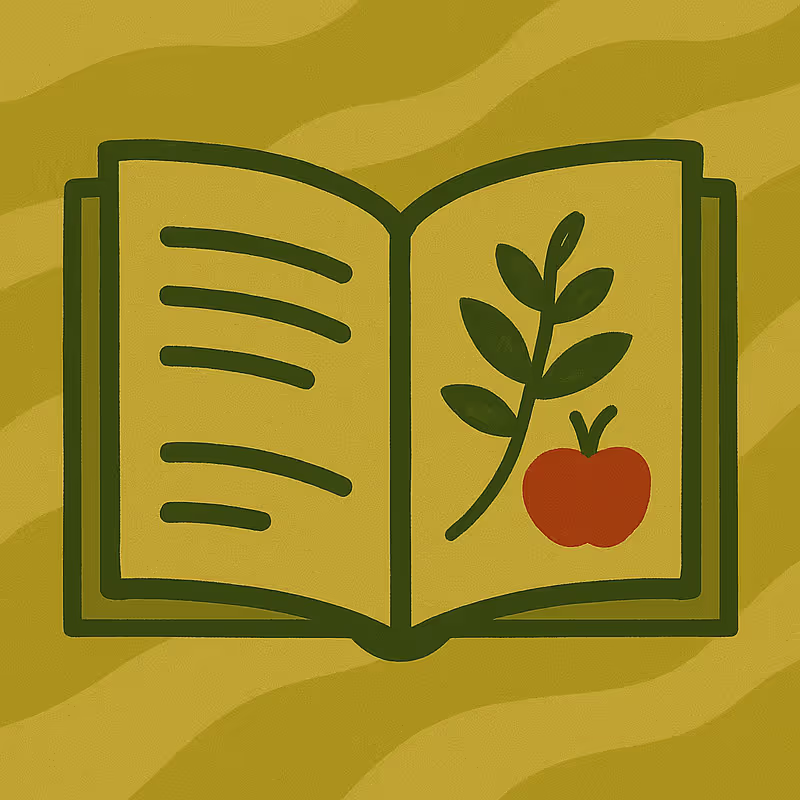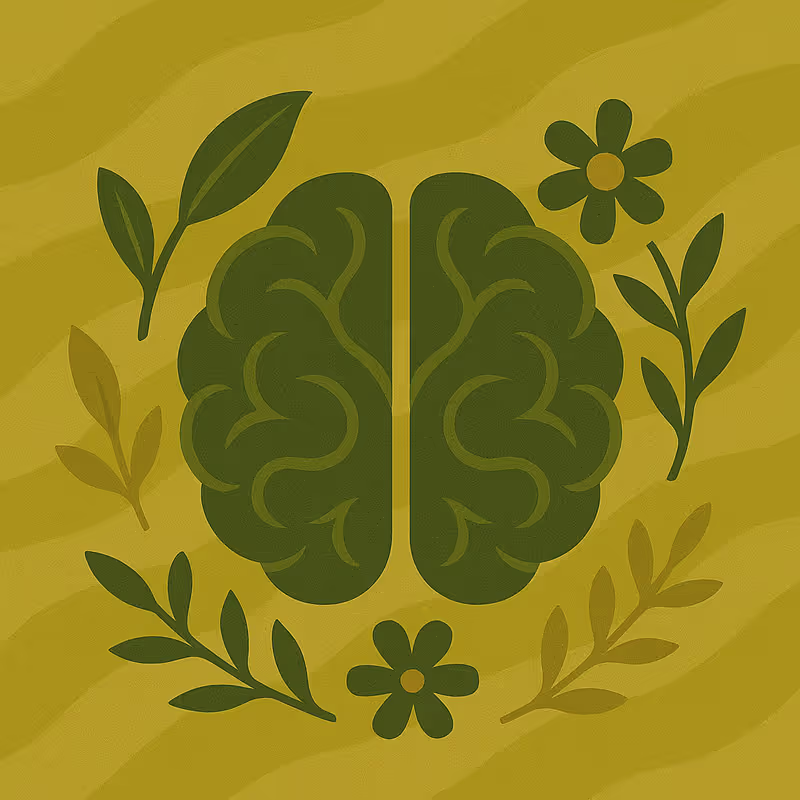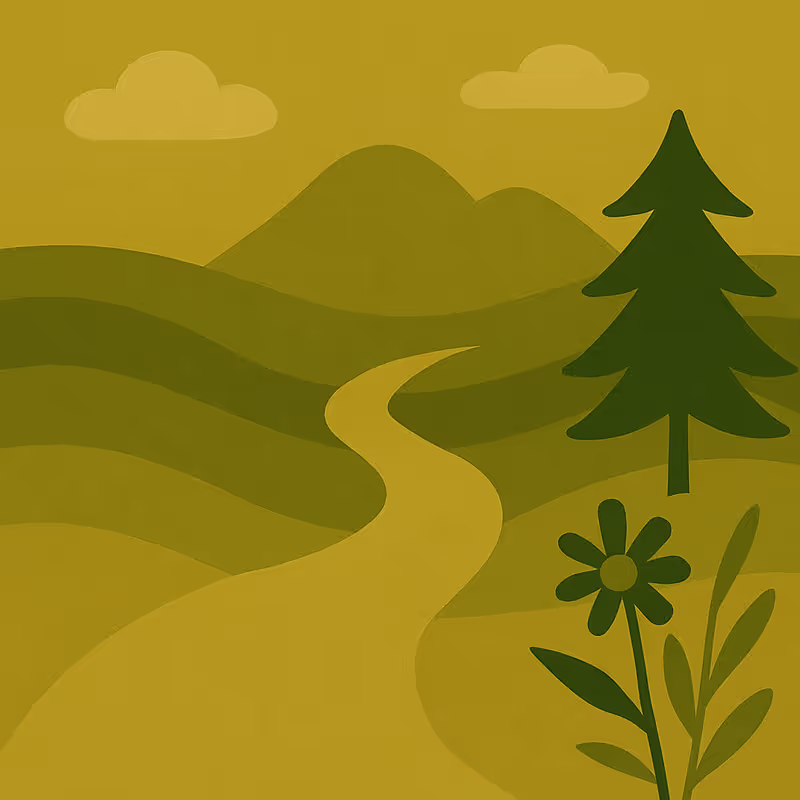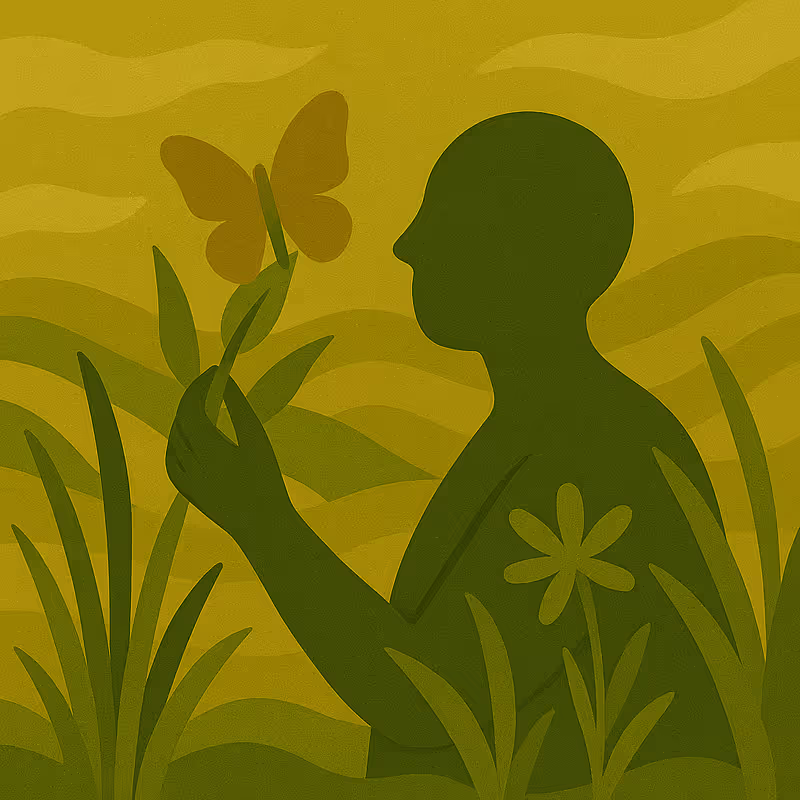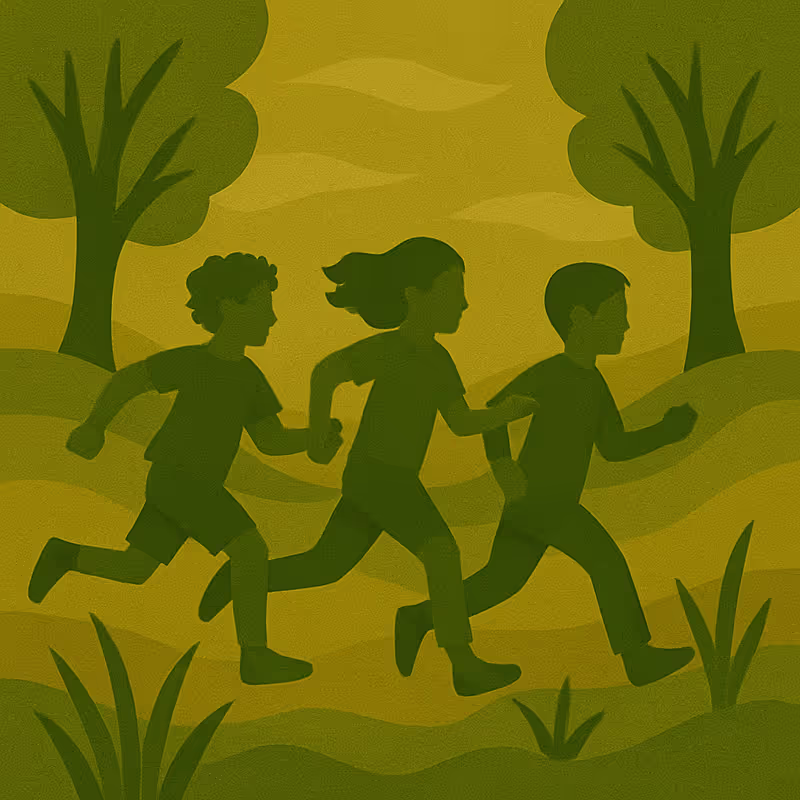Learning objectives:
- Recognise how actions at personal, community, and institutional levels contribute to bringing people closer to nature
- Reflect on your own role as an educator and citizen in fostering cultural and systemic change to bring people, including students, closer to nature
- Identify practical steps you can take to support biodiversity and equal access to nature
Watch this video created by a community of young people living in an urban area in Germany about their journey as young people from urban areas on a quest for meaningful engagement with biodiversity. Through experiential learning and shared reflection, they built trust, tracked progress, and explored what actions contribute to change in decision-making that impacts biodiversity.
In this module we went through the benefits of spending time in nature, but also how increased human-nature connection and more biodiverse spaces enhance these benefits. Overall, you can help foster human-nature connection among your students by putting into action some of the ideas listed below. By advocating for the protection and enchantment of green spaces that are accessible to everyone, you can increase opportunities for people to get closer to nature.
Below are some ideas of actions you can take. We hope they get you inspired!
Collective action and institutional change
- Advocate for increasing outdoor education within professional associations or teacher/university staff unions, highlighting the many benefits of spending time in nature.
- Collaborate across disciplines to embed biodiversity and human-nature connection not only in science classes, but also in art, history and literature.
- Support or initiate the creation of advisory councils within your school/university or local government that bring in perspectives on biodiversity, green spaces, and human-nature connection, and advocate for student participation in these discussions.
- Organise student participation in citizen science projects in your school.
- Advocate for the creation of biodiverse and accessible green spaces through campaigning and lawful protesting.
- Educate students, and their parents, on the importance and benefits of spending time in nature.
Community engagement and cultural change
- Collaborate with environmental education institutions and NGOs, either through partnering to co-design lessons within the school curriculum that highlight human-nature connection and interdependence, or by promoting their activities to your students.
- Create intergenerational projects where students interview older generations about nature, landscape change, and traditional knowledge of plants.
- Organise a ‘nature and culture’ festival at your school, combining art, music, food, and science around biodiversity.
- Involve parents and carers in school biodiversity initiatives (school gardens, citizen science, habitat restoration days).
- Highlight cultural heritage of landscapes in your teaching, e.g., local stories, folklore, or place-based rituals tied to nature.
- Discuss with peer educators how alternative visions of good life can be included in education.
Personal reflection and growth
- Keep a personal teaching journal reflecting on how your lessons portray human-nature relations: are you reinforcing separation or connection?
- Choose an outdoor natural space, such as a bench in the park, spend time there regularly and observe changes through seasons. Share insights with students as role-modelling.
- Learn the names and stories of local species and weave them into your lessons.
- Engage with art that is inspired by and speaks about nature. Share it with your friends and family.
- Reflect on how understanding environmental justice can change the way you teach on climate and biodiversity issues. What opportunities exist in your curriculum to bring in environmental justice examples?



